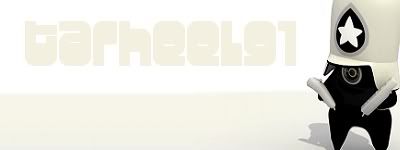Rath said:
I would argue that 0.(3) is the decimal representation of 1/3 as it is infinitely long. Basically it's better to present a recurring number as a fraction as it's less ambigious but they are equivalent. |
@Bolded: exactly, .(3) or .33333333333333333333333333333333333333333... is a representation of of 1/3, it's a symbol for 1/3. The digits .(3)... do not equal 1/3, the symbol .(3) represents 1/3. The digits .(3) is approximately 1/3, it's the closest we can get in decimal form, but they are not equal.
Which is why those proofs don't mean anything.
I would cite regulation, but I know you will simply ignore it.






































 .
.


